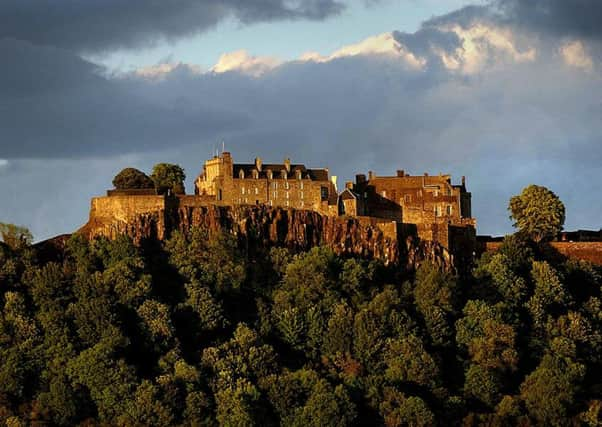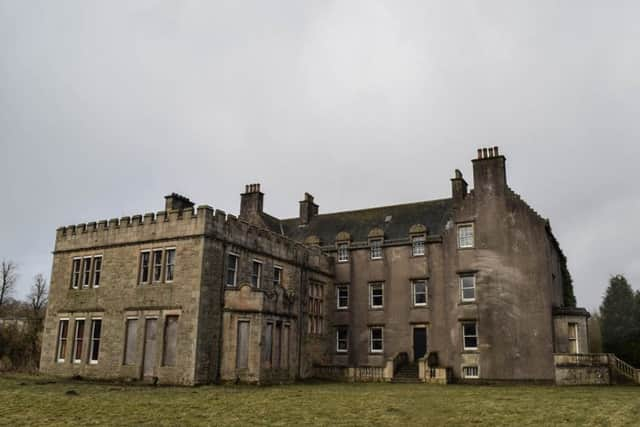Archaeologists search for Bonnie Prince Charlie's army camp


Up to 9,000 Jacobite soldiers converged in the Stirling area in January 1746 with troops remaining in the area for a month.
During this period, the Jacobites claimed victory at the Battle of Falkirk but failed to seize Stirling Castle.


Advertisement
Hide AdThe Jacobite army was spread over several sites around Stirling with archaeologists to focus their search on the grounds of Bannockburn House, the home of Jacobite supporter Sir Hugh Patterson ,where Bonnie Prince Charlie was headquartered at the time.
It with it believed a large number of soldiers would have been stationed with him.
Dr Murray Cook, archaeologist at Stirling Council, will lead the survey.
He said: “We know that Bannockburn House became the headquarters of Bonnie Prince Charlie and we assume that some of his army was there with him.
“What we don’t know is the number of soldiers. It my have just been a personal body guard of a few hundred troops or it might be a 1,000 or more.
“Even having 1,000 men there for one night is a big undertaking - let alone a month. There could potentially be a lot of stuff in the ground.
Advertisement
Hide Ad“We will be looking for things like latrine pits, bullets and things dropped by the soldiers, such as coins.”
The Jacobites arrived in the Stirling area following their failed invasion of England in December 1745.
Advertisement
Hide AdBy January 4 1746, the Jacobites had almost surrounded Stirling with around 600 residents volunteering to defend the city.
The next morning, city magistrates went to Bannockburn to arrange the terms of surrender with Jacobites taking possession of Stirling.
The castle, however, remained out of reach to the Jacobites and was defended by Major General Blakeney and his men.
Despite the Jacobite victory at Falkirk at January 17, the siege limped on until February 1 when the Jacobites pulled out of their poorly defended position at Gowan Hill. From there, the army headed north to gather more men ahead of Culloden.
The dig at Bannockburn House hopes to add to the Jacobite history of the 17th Century mansion, which was successfully bought out by the community last year.
The Bannockburn House Trust, which has organised the dig, is hoping to create a new visitor attraction for the Stirling area and create a valuable community space where events, including weddings, can be held.
